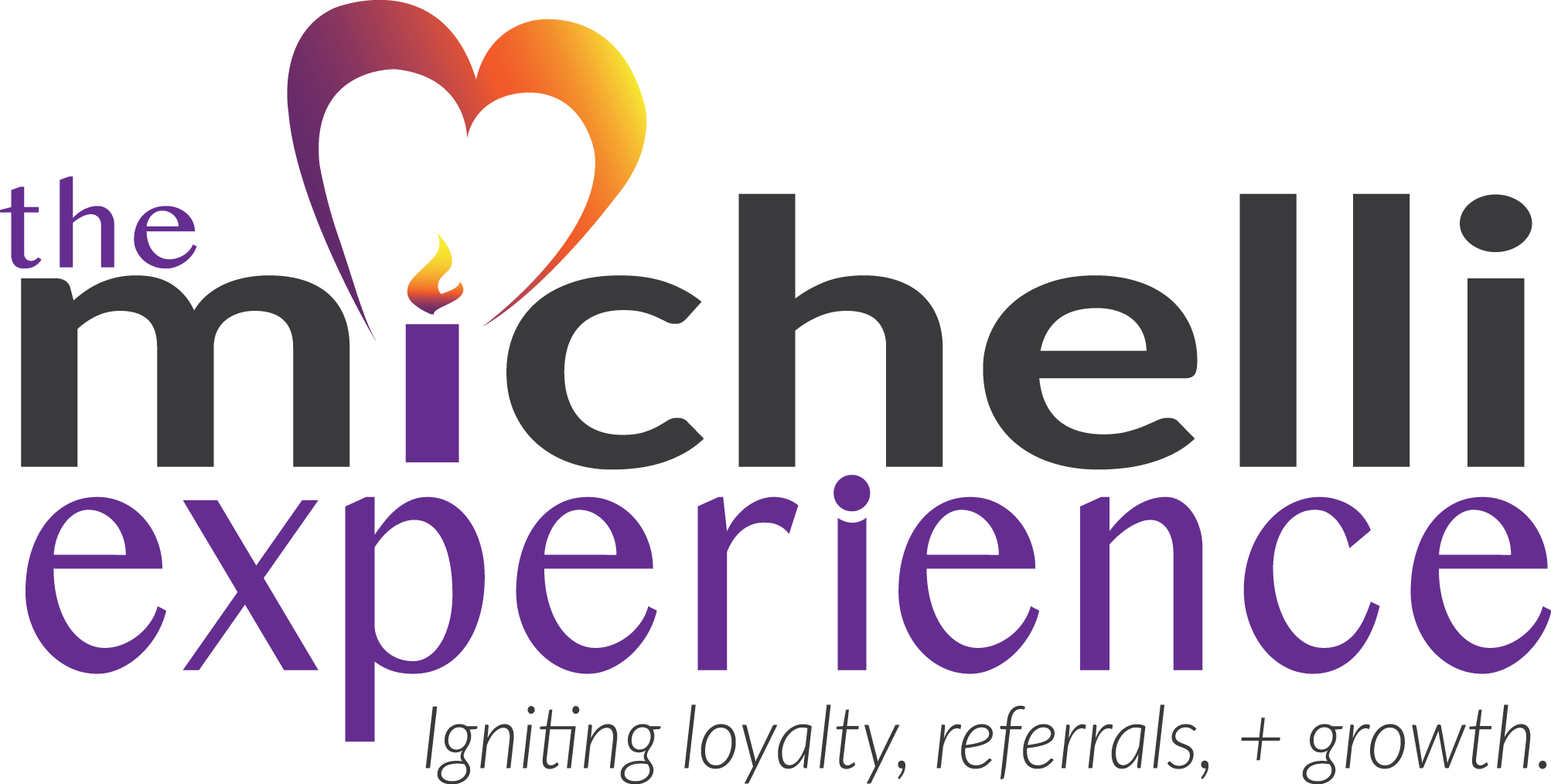“Our memory is enhanced by the emotion attending the event. The more intense the feelings, the more accessible the memory.” Those words from Professor Robert Dykstra have profound relevance given the intensity of emotions experienced from early 2020 to the present day.
A summary article on emotions and memory written for Psychology World notes:
“Emotionally charged situations can lead us to create longer lasting memories of the event. When we are led to experience feelings of delight, anger or other states of mind, vivid recollections are often more possible than during everyday situations in which we feel little or no emotional attachment to an event.
The findings of a series of studies have implied that emotion plays a role at various specific stages of remembering (encoding) information, consolidating memories and during the recall of experiences at a later date.”
The pandemic has produced sustained and heightened emotions of fear, anxiety, uncertainty, sadness, isolation, and loss. As such, the actions of leaders, team members, and brands are more vividly recallable than pre-pandemic events. Against that backdrop, it has become increasingly important to look for elements of a team member or customer journey that produce pain or pleasure.
In essence, the shock absorption system of our colleagues and our customers has been depleted, and bumps in their journey are magnified. This makes “pothole remediation” more crucial than ever – lest those pain points become a lasting memory. Conversely, acts of compassion and enhancing peak moments across the brand journey are critical given the relief and contrast they provide to underlying anxieties.
In my recently released book Stronger Through Adversity, more than 140 leaders offer insights on how they’ve created positive and memorable experiences for those they’ve served. For example, Matt Renner, President of Enterprise Commercial at Microsoft, stewarded a team that supported technology infrastructure for telemedicine, collaboration tools for those working on a vaccine, and the needs of major clients who assure public safety, transportation, communication, and other critical elements of daily life. Given Microsoft’s integral role in supporting those clients, Matt and his team prioritized the rapid resolution of customer pain points. Matt focused on empathy, compassion, and urgency. He also noted that Microsoft needed to be a company that showed up prepared throughout the pandemic. They also needed to show their competence and compassion by being consistent, responsive, and reliable. This laser-focus on pain point removal positioned Matt’s team as a source of positive emotional experiences.
Inspired by Microsoft’s leadership and commitment to creating a memorable experience by focusing on pain reduction, here’s this weeks challenge questions:
- Did you “show-up” prepared to mitigate pain, anxiety, and uncertainty for team members and customers?
- During the pandemic and into the future, are you demonstrating competence, consistency, responsiveness, and reliability that fuels positive emotional experiences?
- What are the peak and pain moments in your customer journey? Specifically, what have you done to decrease the pain and enhance the peaks?
For more about emotion and memorable experience creation, please pick-up or gift a copy of my book Stronger Through Adversity or download one of my many complimentary eBooks.

Joseph A. Michelli, Ph.D. is a professional speaker and chief experience officer at The Michelli Experience. A New York Times #1 bestselling author, Dr. Michelli and his team consult with some of the world’s best customer experience companies.
Follow on Twitter: @josephmichelli



